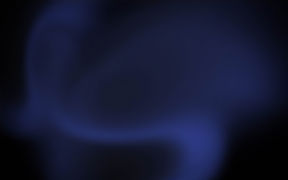EVOLVING MASKS
In Architecture and Disjunction Bernard Tschumi used the term mask referred to the ambiguous, perceptible appearance of architecture, covering and unveiling other masks imputable to the society and the economy of every era. Architectural skins have changed through time in parallel with transformations in those other realities.
Glass façades were a consequence of the industrial revolution and blurred the boundaries between interior and exterior spaces. Commercial culture introduced light signs, that in some places evolved into astonishing shows, like in Las Vegas. Today environmental issues force us to rethink building façades and lighting in order to increase the energy efficiency in the built environment, reducing fossil fuel use and CO2 emissions. This has already been shaping new masks: architectural skins that while acting as interfaces for the exchange of information between the inside and the outside, also improve the energy performance of buildings and even generate energy from renewable sources, particularly from solar radiation.
What could appear to be a huge constraint is actually propelling research in various directions: dynamic and responsive architectural surfaces, building integrated renewables, green façades, lighting powered by renewables or with no need of electric power, and much more.

Ars Electronica Center in Linz, by Treusch architecture ZT GmbH. Photo by Eleonora Nicoletti (2011)






















